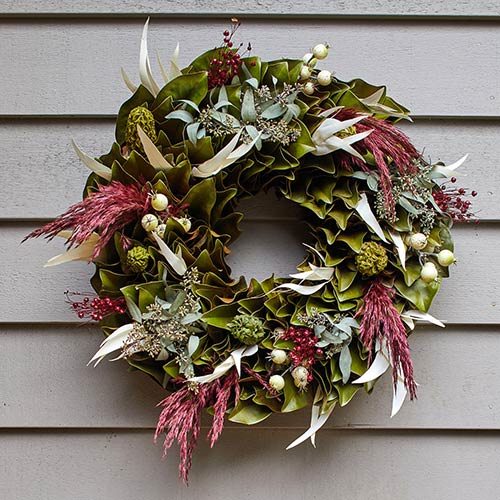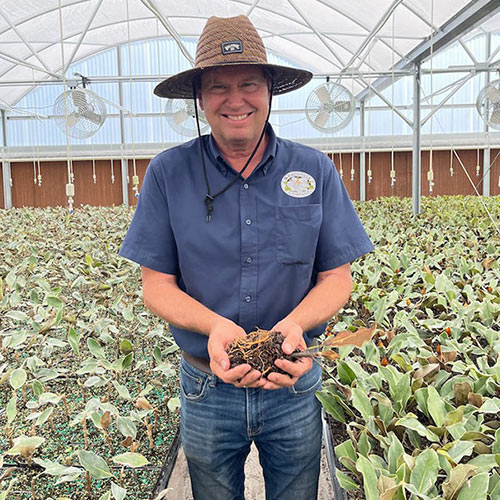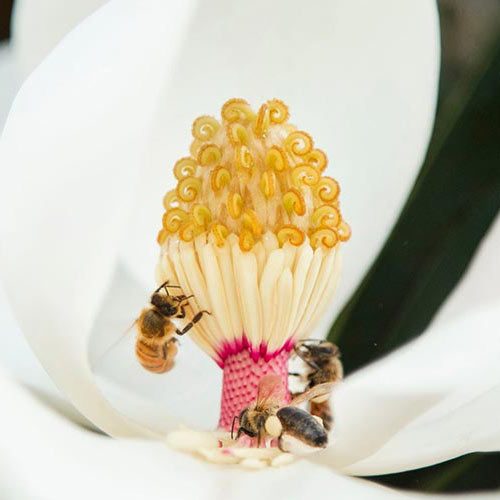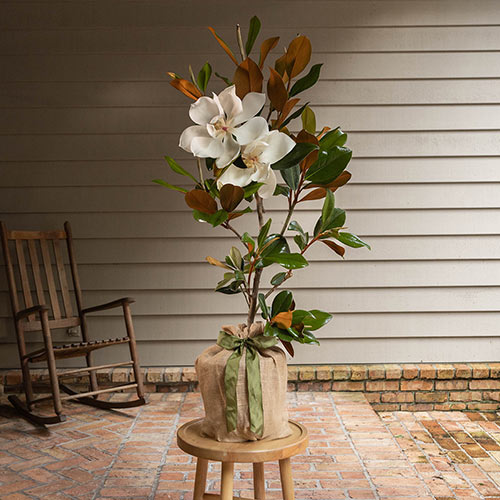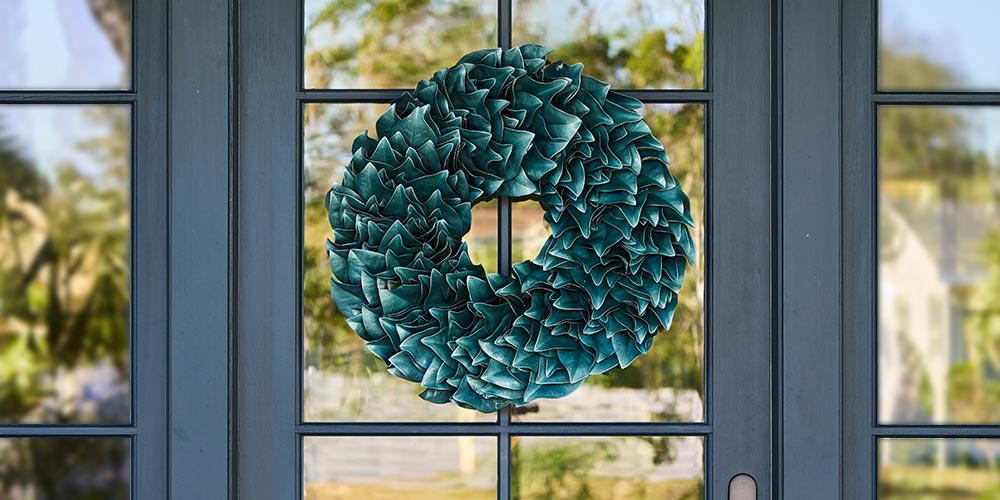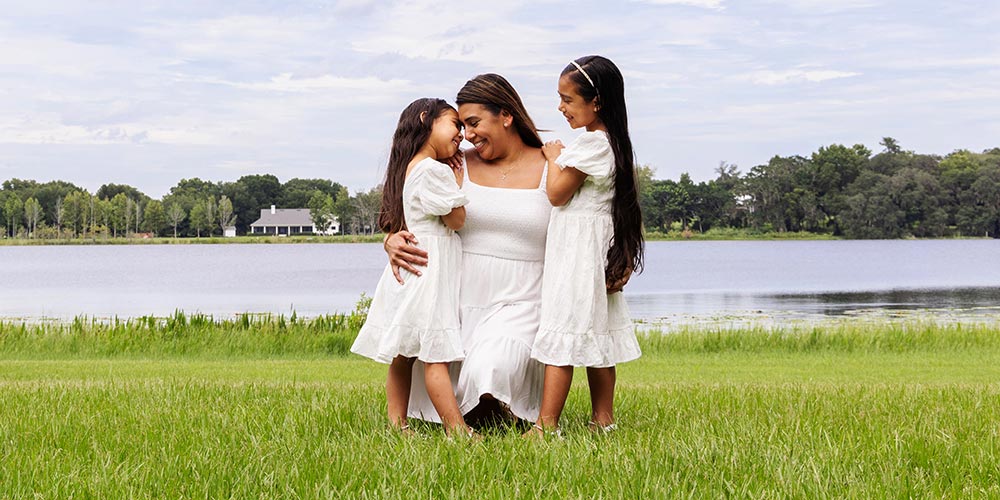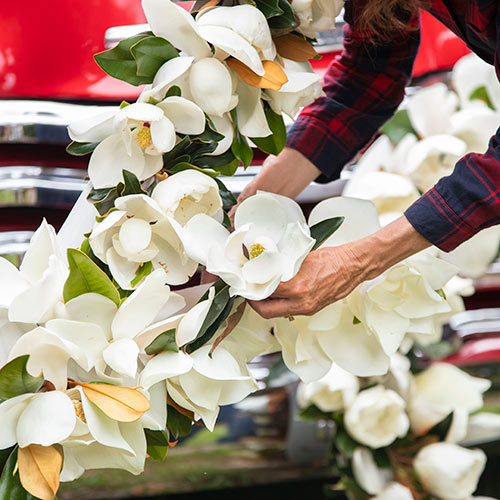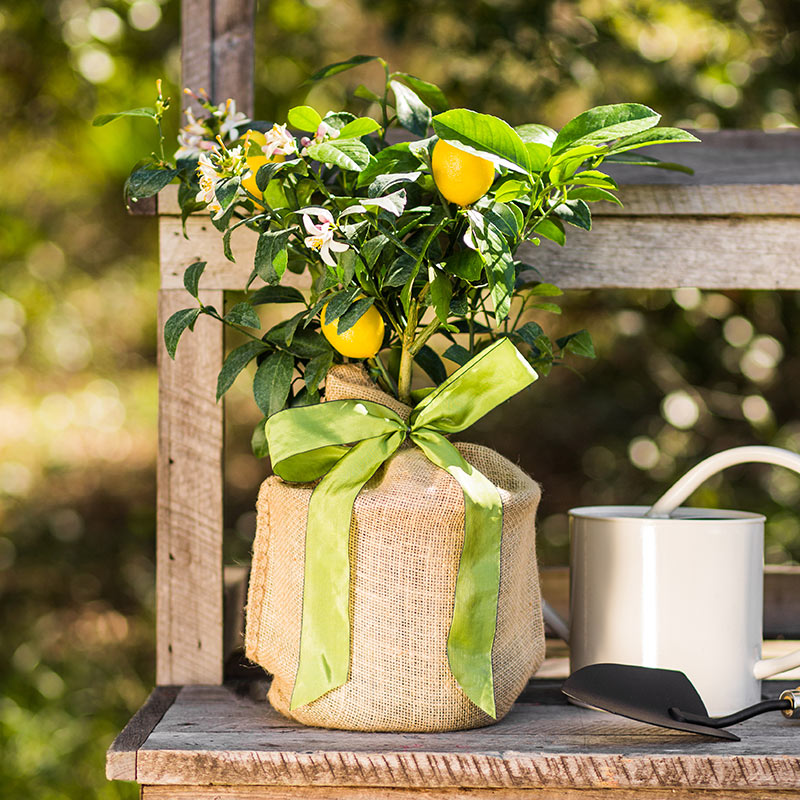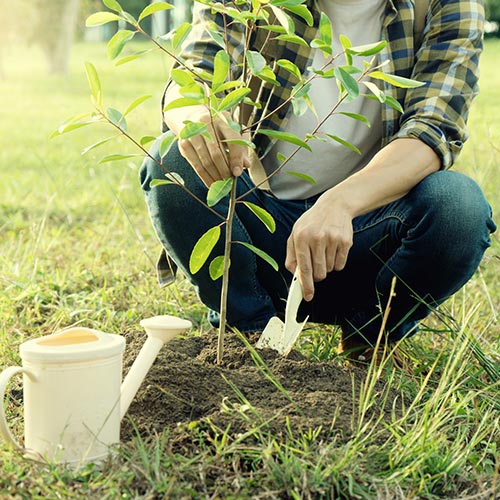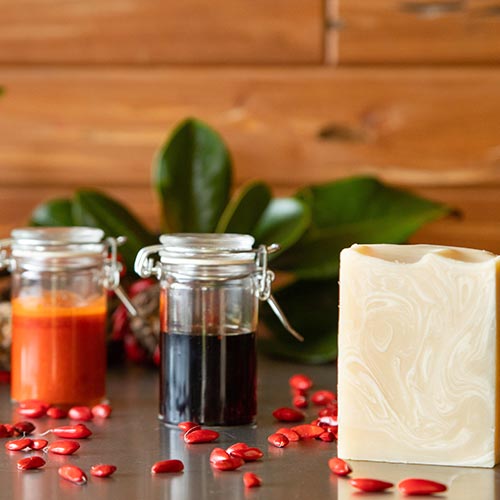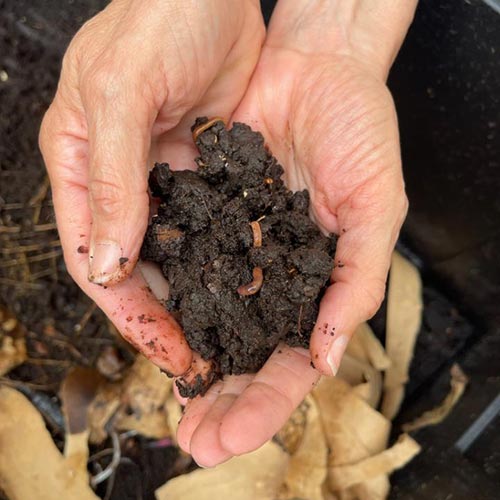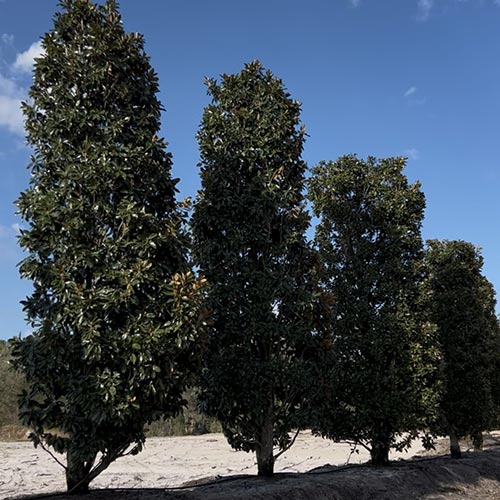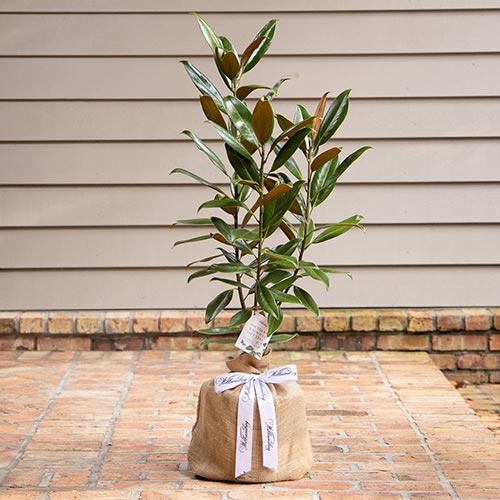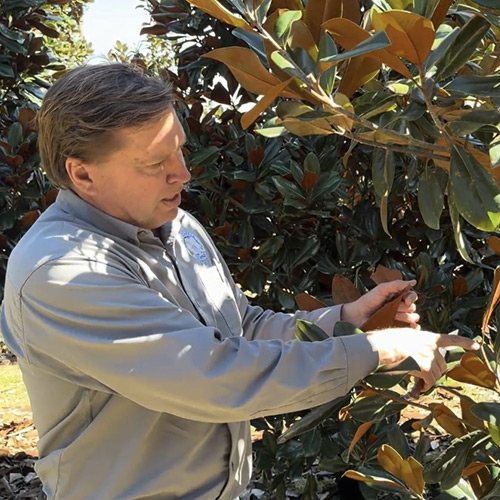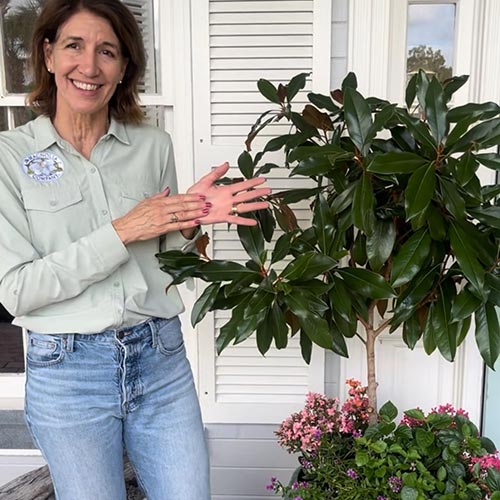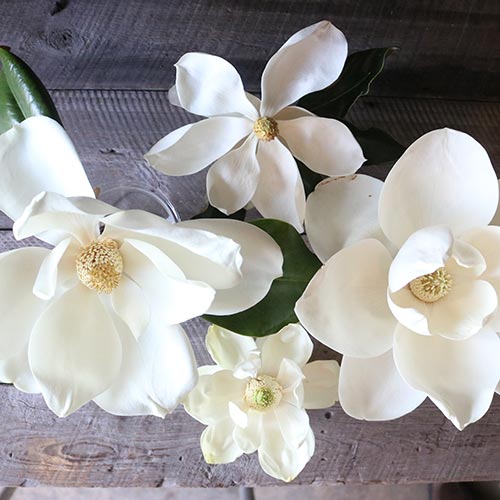What to Do When Your Plant’s Leaves Start Yellowing
February 15th, 2023
If you’re reading this, it’s likely that your tree’s leaves have started to yellow, and you’re feeling concerned about your plant’s health. As magnolia tree farmers and gardening enthusiasts, we know what it’s like to put lots of love and effort into a tree and then still deal with a variety of different struggles. Last week, we noticed the leaves on one of our Meyer lemon trees had started to yellow. Luckily, after two decades of gardening experience we knew there were two likely culprits: overwatering and lack of nutrients.
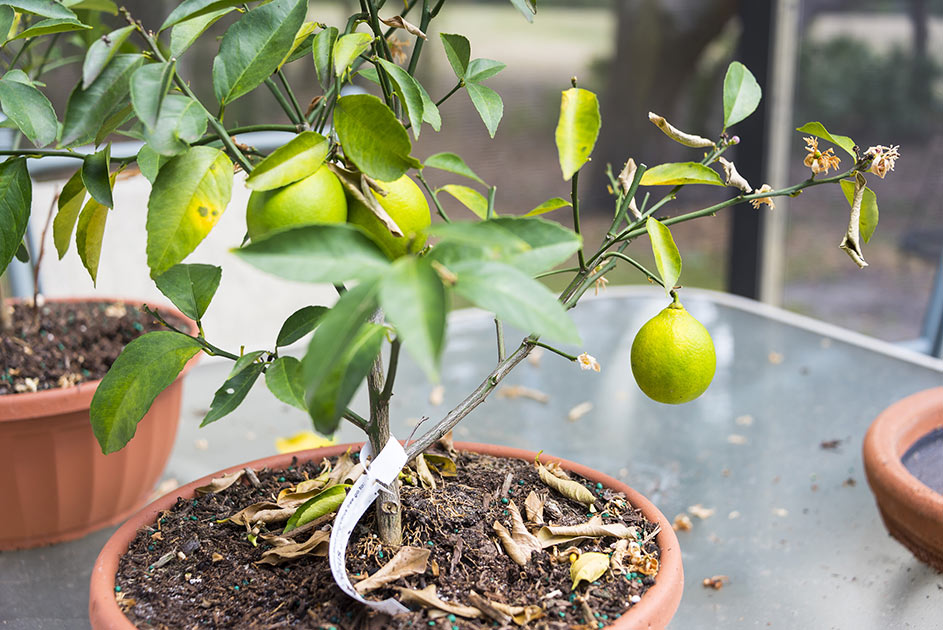
Overwatering Your Tree
If you’re watering your trees too often, their roots can become waterlogged, which can cause root rot and other issues. To avoid this, make sure your tree is in a pot with good drainage and that the soil isn’t too wet to the touch when you go to water it. For the next week, try checking in with your tree daily. Stick your finger a few inches into the soil and see whether the soil feels very wet, moist or dry. Wait until the soil feels dry before watering it again. Every plant is different and by checking in with your plants a few times a week, you’ll get to know their exact needs.
Lack of Nutrients
If your tree isn’t getting enough nutrients, it can also cause the leaves to yellow. This was the culprit for our own lemon tree so to solve this issue, we just went to our local garden center and purchased an all-purpose, slow release fertilizer. We specifically chose a citrus fertilizer, but you can choose the best fertilizer for your specific plant.
You can use these tips to keep any tree in good health. Just remember to be patient and consistent with your care and you should see your leaves begin to go back to normal within a few weeks.
Last Resort
One more thing to keep in mind when dealing with yellowing leaves is that it can also be a sign of a more serious issue such as a pest infestation or a disease. If you’ve tried adjusting your watering and adding fertilizer, and the problem persists, it may be time to consult a plant expert or your local nursery. They can help diagnose any potential issues and provide further guidance on how to treat your tree.
Remember, prevention is always better than cure, so make sure you’re taking care of your trees’ needs and keeping an eye out for any signs of trouble before they become bigger problems. With a little love and attention, your trees will flourish and reward you with their beauty and bounty. Happy planting and if you have any more questions feel free to contact us here!
Recent Articles
